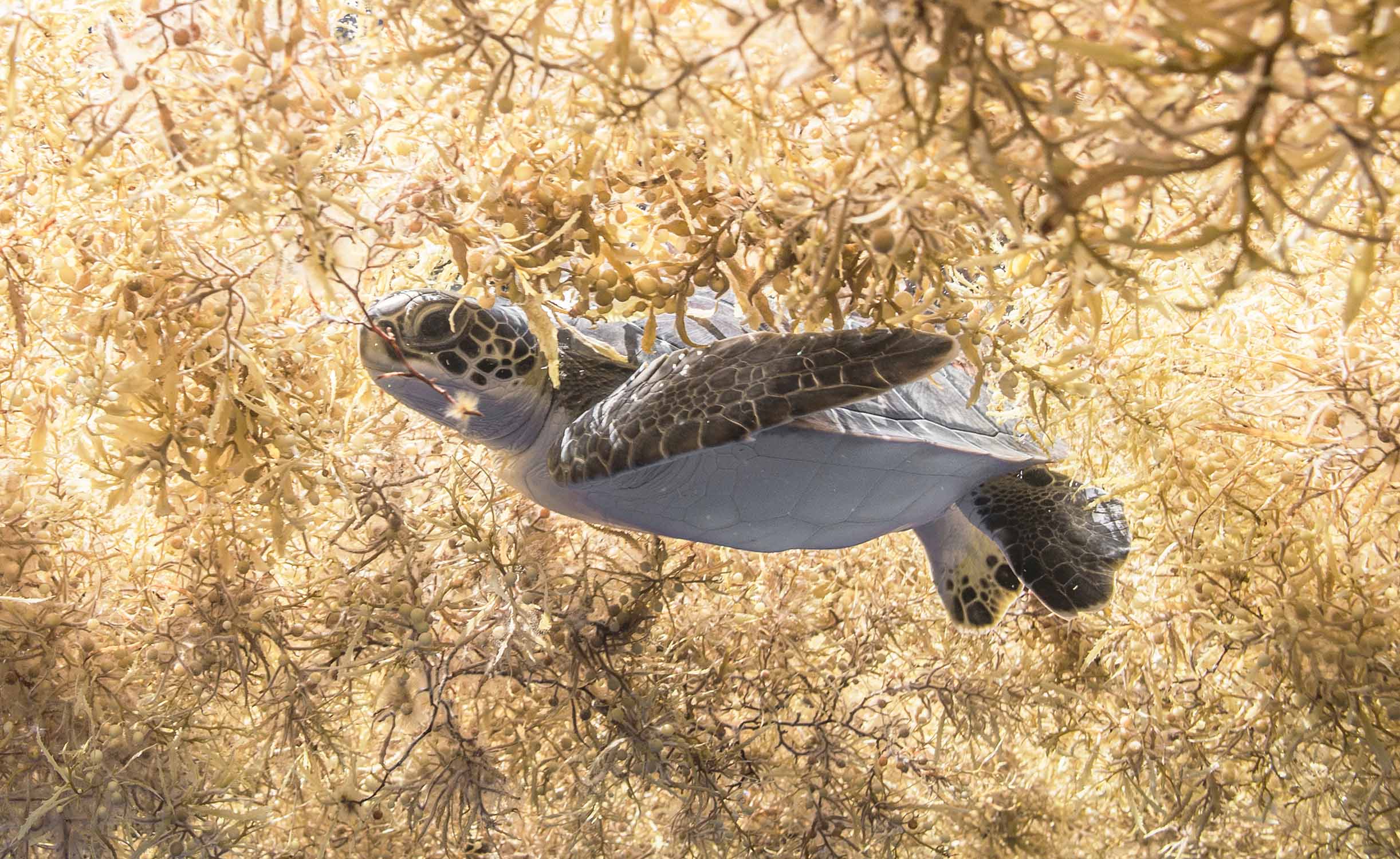Sticking out into the Atlantic Ocean, Montauk’s geographic location makes it the crossroads for numerous fish migrations. Inshore, Montauk’s seafloor is characterized by rockpiles and ledges that concentrate bait and inshore predators like fluke and striped bass.
Further offshore, a series of deep water canyons dot the edge of the continental shelf. Offshore is what excites me. Each summer season when the warm water current of the gulf stream meanders northward, these canyons come alive. The warm gulf stream water clashes with cold nutrient-rich shelf water, drawing in baitfish and in turn attracting an abundance of sea life. This sea life is characterized as pelagic, as they spend their entire lives in the open ocean.
To me, the canyons are the last frontier. A trip offshore puts you and your crew anywhere from 60-150 nautical miles out in deep ocean, where depths reach 6000 feet. It’s here where I have come face-to-face with basking sharks, whale sharks and manta rays who are there not to prey on fish, but to feed on plankton found in the nutrient-rich water. Out there in the deep you never know what you will cross paths with. This thrill of entering the unknown is what keeps me going back time after time.
As divers, we are always on the lookout for floating debris that act as the only shelter for juvenile fish and invertebrates in the deep ocean. Under debris, I have found everything from juvenile sea turtles, massive schools of tropical fish to the predators who lurk beneath such as tuna, wahoo, marlin, and sharks. It is under these floating ecosystems where we have caught and speared many trophy mahi mahi, tuna, and marlin.
These experiences in the middle of the ocean—where you just don’t know what will ascend from the dark abyss below—are unmatched. Despite the long trip to the grounds, the large cost of fuel, and the lack of sleep, a trip offshore Montauk is something everyone who is passionate about the ocean should experience.
The water is already within range and for the next five months I will constantly be monitoring weather and marine forecasts seeking opportunities to make the long run to the canyons. What I’ll encounter…I just don’t know.
You can check out Justin’s new body of work, where he has re-erected the skeletons of large pelagics he and his crew caught last season, on display at the two Whalebone outposts in Montauk.











